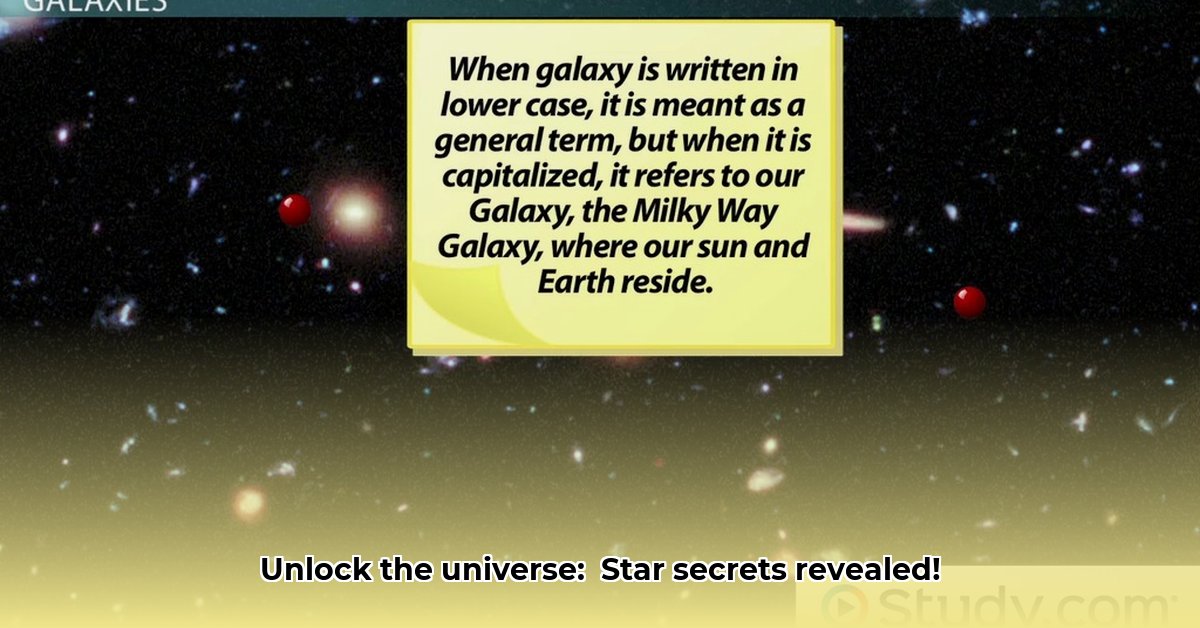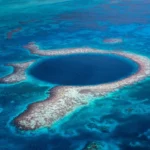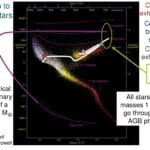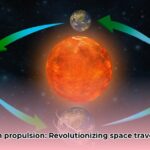A Stellar Journey: From Birth to Afterlife
Have you ever looked up at the night sky and wondered about those twinkling diamonds scattered across the darkness? They’re more than just distant points of light; they’re colossal furnaces of incandescent gas, each with a captivating story to tell. This guide, perfect for inquisitive sixth graders, embarks on a journey through a star’s lifecycle, from its humble beginnings in a nebula to its dramatic finale as a white dwarf, neutron star, or even a black hole. Buckle up for an adventure across the cosmos!
Star Formation: From Dust Bunnies to Blazing Suns
Stars are born within nebulae, vast cosmic nurseries teeming with gas and dust. Imagine nebulae as immense recycling centers where the remnants of expired stars mingle with fresh cosmic material. Gravity, the same force that keeps your feet firmly planted on the ground, begins to draw this gas and dust together. Like a snowball rolling down a hill, accumulating more and more snow, the clump of material grows larger and denser, eventually forming a protostar—a baby star in the making. But it’s not quite a star yet—it’s just warming up!
As the protostar expands, the pressure and temperature at its core escalate dramatically, eventually triggering nuclear fusion—the very process that fuels our Sun and countless other stars. Picture a colossal, perpetual bonfire igniting within the star’s heart. This fusion transforms hydrogen into helium, unleashing tremendous amounts of energy and causing the protostar to blaze with light. Now, it officially earns its title as a main sequence star, like our Sun, spending the majority of its lifespan steadily burning and generating energy. The elements a star produces depend on its mass. Larger, more massive stars forge heavier elements, while smaller stars primarily create lighter elements like helium. Our Sun, a yellow dwarf star, is currently converting hydrogen to helium.
Star Variety: Size Matters in the Cosmos
Stars come in a dazzling array of sizes, and their mass dictates their destiny. Imagine a tiny tea light flickering beside a roaring bonfire. The bonfire burns brighter and hotter, consuming its fuel far faster than the tea light. Similarly, massive stars blaze through their fuel rapidly, living short but spectacular lives. Stars like Rigel, a blue supergiant, are much more massive than our Sun and burn much hotter and brighter. However, they consume their fuel much more quickly, leading to much shorter lifespans. Smaller stars, like our Sun, are more economical, burning their fuel slowly and steadily, enjoying much longer lifespans. Red dwarf stars, for example, are much smaller and less massive than our Sun, burn their fuel at a slower rate, and live much longer lives than even our Sun. But what happens when a star’s fuel finally runs out? That’s where things get truly fascinating!
Smaller stars, like our Sun, eventually swell into red giants, becoming colossal versions of their former selves. This expansion happens when the core hydrogen fuel is depleted, and the star begins fusing helium in its core. As the core contracts, the outer layers expand dramatically and cool, causing the star to appear red. These red giants then shed their outer layers, creating beautiful planetary nebulae, leaving behind a small, dense core known as a white dwarf. Think of it as a glowing ember, still radiating heat but no longer producing energy through fusion. Massive stars, however, go out with a bang! They explode in spectacular supernovae—powerful explosions that mark the death of a star—scattering heavy elements forged during their lifetimes across the cosmos. These elements, such as iron, gold, and uranium, become the building blocks for new stars, planets, and even life.
After a supernova, the remaining stellar core can become a neutron star, an incredibly dense object packed with neutrons (subatomic particles). These objects are so dense that a teaspoon of neutron star material would weigh billions of tons on Earth. Or, if the original star was exceptionally massive, the core can collapse into a black hole, a region of spacetime with gravity so strong that nothing, not even light, can escape. This remarkable process of element creation is known as stellar nucleosynthesis.
Hands-On Activities: Exploring the Universe
Learning about stars isn’t just about reading—it’s about doing! Here are some engaging activities to explore the cosmos:
Build a Star Model: Use playdough, clay, or even colorful candies to create 3D models of different star stages: nebula, protostar, main sequence star, red giant, white dwarf, neutron star, and black hole. Use different colors to represent each stage and label them with key characteristics.
Create a Stellar Timeline: Design a timeline showcasing a star’s life cycle using construction paper, a poster board, or a digital tool. Include estimated timeframes (millions or billions of years) and visuals for each phase. Research different types of stars and compare their lifecycles on the timeline.
Become a Star Researcher: Research a specific star like Sirius, the brightest star in the night sky, or Betelgeuse, a red supergiant nearing the end of its life. Explore its properties, such as its mass, temperature, luminosity, and distance from Earth. Present your findings in a report, presentation, or infographic.
Continuing Your Cosmic Adventure
Eager to delve deeper into the universe? Check out NASA’s website for breathtaking images and a wealth of information about stars and space exploration. Your local library is also a treasure trove of astronomy books, documentaries, and scientific journals. A visit to a planetarium or observatory can offer a truly immersive experience, providing a deeper understanding of the wonders of the universe. Remember, this is only the beginning of your cosmic journey. A universe of discovery awaits!
- Revolution Space: Disruptive Ion Propulsion Transforming Satellites - April 24, 2025
- Race Through Space: Fun Family Game for Kids - April 24, 2025
- Unlocking the Universe: reading about stars 6th grade Guide - April 24, 2025
















